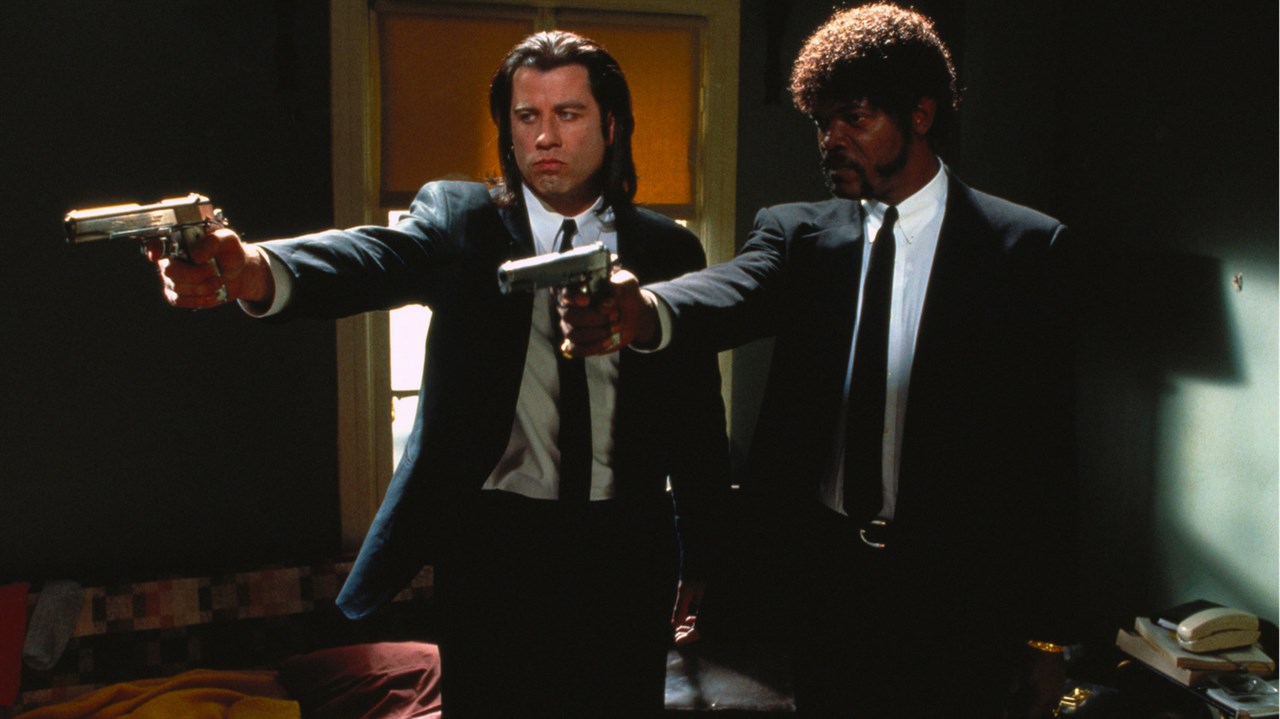There is much debate over what Quentin Tarantino’s tenth and final film will entail, who will star, and whether it really will be his last film. A few years ago, Tarantino stated that he will be done with the film industry after ten films, and he counts the two Kill Bill films as one because they were shot as one. In early July of 2019, he reminded fans of his plan to make only ten films. Many question whether he will actually go through with this plan because he is a critically-acclaimed director and he would be missing out on a lot of money, but many close to the director say that he is very serious about his plan. It makes sense that he does not want the opportunity to dilute his amazing line of films by continuing to make movies until his later years in life, possibly ruining his reputation of consistently good films. He would be going out on the top of his game, unlike some legendary athletes, who retire after somewhat tainting their illustrious career. However, the people close to him believe he will never stop writing, and that he will write novels and write scripts for television shows because he always wants to create. I will be discussing the theories and rumors to the plot of his tenth and final film.
A Horror Film
During an interview with The Independent, Tarantino said, “If I come up with a terrific horror film story, I will do that as my tenth film. I love horror movies. I would love to do a horror film.” This would be his first time anywhere near a horror film, besides a horror/thriller-like sequence during Once Upon a Time in Hollywood where Brad Pitt’s character is at the Manson family’s ranch. The tension is straight out of a thriller film. I can see Tarantino making a film like Texas Chainsaw Massacre, or something in that type of realm. My favorite director, Wes Anderson, has also rumored that he is interested in making a horror film.

An R-Rated Star Trek film
This was near confirmed at one point when he read a script that he wanted to add his Tarantino-ness to and during press for Once Upon a Time in Hollywood, he said that after the press tour, he would return to the possibility. More recently however, Tarantino said in early 2020 that he is probably not going to direct the film, but it may have a Tarantino script or may be produced by him. He might want his last outing as a director to be fully original.

A Sequel to One of His Nine films
There is talks of a Kill Bill Vol. 3, a Django Unchained 2, a spinoff to Inglourious Basterds, a revisit to Reservoir Dogs, a prequel to Pulp Fiction, or another adaptation of an Elmore Leonard novel like Jackie Brown. I feel the least confident in these being possibilities because if it turns out bad, they could possibly ruin the continuity of the other films. In my opinion, the ones he will not go near are a revisit to Reservoir Dogs or a prequel to Pulp Fiction, since these are his two most classic and revered films.

















